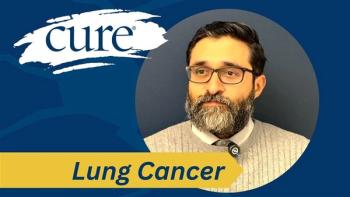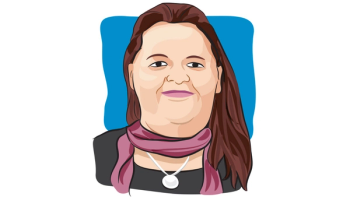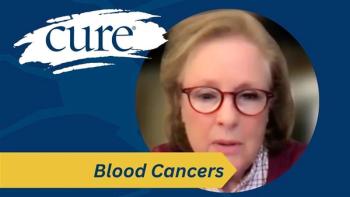
Can ctDNA Help Guide Surgical Decision Making in Breast Cancer
Dr. Rita Mukhtar and Dr. Joshua K. Sabari discuss the role of ctDNA to guide surgical decision-making after neoadjuvant chemo in breast cancer treatment.
Dr. Rita Mukhtar and Dr. Joshua K. Sabari sat down for an interview together to discuss recent findings across the realm of breast cancer at the 2025 ASCO Annual Meeting. Specifically, they highlighted the use of circulating tumor DNA (ctDNA) to guide surgical decision-making following neoadjuvant chemotherapy.
ctDNA are small pieces of DNA which can be detected and are released by tumor cells into a person’s blood, and if detected early, has the potential to guide treatment decisions. Additionally, neoadjuvant therapy is given as a first step to shrink a tumor before the main treatment, which is usually surgery, according to the National Cancer Institute website.
"There was a lot of information that we heard at the meeting about the role of ctDNA in breast cancer, so it's very exciting. There is a lot of interest in CtDNA to guide systemic therapy and possibly for surveillance," Mukhtar explained during the conversation. "What I talked about was some exciting data where we actually looked at whether or not ctDNA can help us with planning our surgical approach for patients with breast cancer."
This was evaluated in the I-SPY2 trial. Specifically, according to Mukhtar, the retrospective data presented at the meeting was derived from investigators trying to understand whether ctDNA could predict nodal burden and inform whether patients require full axillary lymph node dissection or if sentinel lymph node biopsy is sufficient. Axillary lymph node dissection removes more axillary lymph nodes than a sentinel lymph node biopsy does, according to the Susan G. Komen website.
Overall, Mukhtar said this of the investigation: "It's something that we're going to have to validate for sure. We looked retrospectively at patients who have participated in the I-SPY2 trial, but we are in the process of validating this further. I think these data open the door to the idea that we might be checking ctDNA before we go to the operating room, based on the result of that deciding, are we going to do just a sentinel node biopsy or the full axillary dissection."
Mukhtar specializes in breast and general surgery, as well as serves as an associate professor of surgery in the Division of Surgical Oncology at the University of San Francisco (UCSF), UCSF Health. Sabari is the editor in chief of CURE. He also serves as an assistant professor in the Department of Medicine at NYU Grossman School of Medicine and director of High Reliability Organization Initiatives at Perlmutter Cancer Center.
For more news on cancer updates, research and education,





